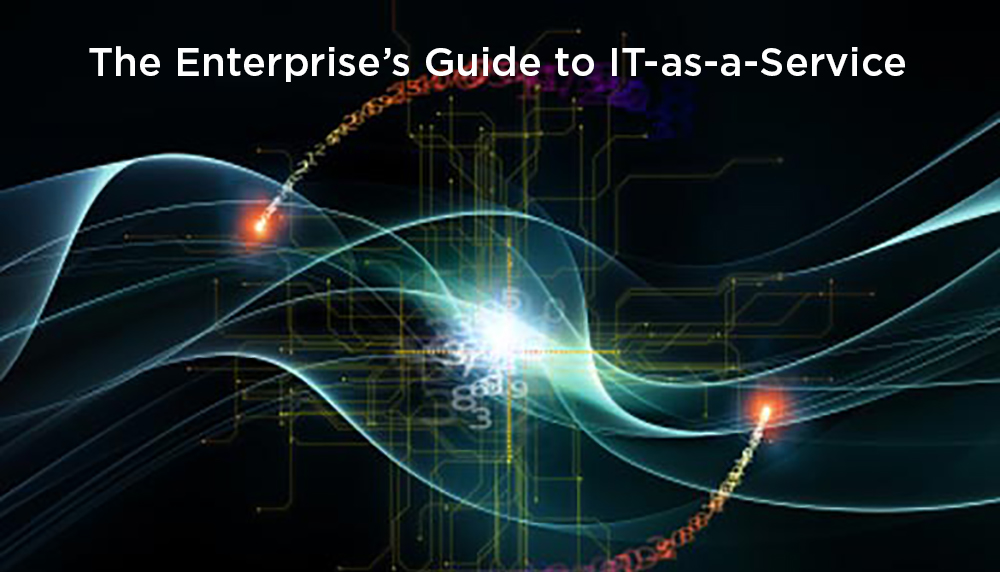Before discussing IT-as-a-service you first have to understand enterprise IT. In a nutshell, enterprise IT is the secure consumption of services from two or more sources such as private cloud, public cloud and traditional IT. Its goal is to enable the integration of applications, data and services, to compose, orchestrate and manage workloads and to facilitate the portability of data and applications.
IT-as-a-service is a technology delivery method that treats IT as a commodity to provide enterprise with the exact amount of hardware, software and support it requires at a monthly fee. It means that you can now outsource your IT requirements to a third-party solutions provider that will provide and maintain the hardware, software and support required.
However, IT-as-a-service is should not be an all-or-nothing approach – cramming a full-scale, high-capacity data center solution that includes services you don’t need or piecemeal solutions for each capacity need from storage to databases is unnecessary. A pay-as-you-go IT consumption model offers extensive business and IT benefits:
1. IT with benefits
2. Minimal upfront IT investment
3. Scalability and agility
With the advent of the cloud, many pressures on the traditional datacenter have been alleviated. It now offers scalability, availability and storage capacity as well as substantial cost savings. Nevertheless, certain workloads and apps are, for security, compliance and performance reasons, still better suited for on-prem. This, of course, means managing both a cloud an on-prem environment which can create a new headache. IT-as-a-Service is ideally placed to address this headache.
1. IT with benefits
IT-as-a-Service, unlike other as-a-service models, is not cloud-based but can be applied in a cloud environment. It, therefore, looks different for each business as it is based on each business’s unique IT and business needs. The overarching benefits include scalability, transparency, simplicity and cost savings.
2. Minimal upfront IT investment
Because the equipment is financed, the cost associated with IT is considered an operational expense which means no upfront capital is required. Furthermore, with set monthly payments, you can budget your IT with confidence and transparency.
3. Scalability and agility
Speed is the currency of the modern business environment. IT-as-a-Service means IT is able to respond quickly to changing needs, which is in contrast with traditional IT that is known to be inflexible with long lead times. The flexibility of IT-as-a-Service also means you can scale up or down as your business needs change – it’s as simple as an email to our service provider.
A Practical Guide to
Cloud Backup
Interested to read more about as-a-service? Read more below:
Why you should consider Stage2Data’s as-a-service solutions
SaaS vs PaaS vs IaaS: Which one should you choose?
Disaster Recovery-as-a-Service (DRaaS) for the SME/SMB market – The time is now!


